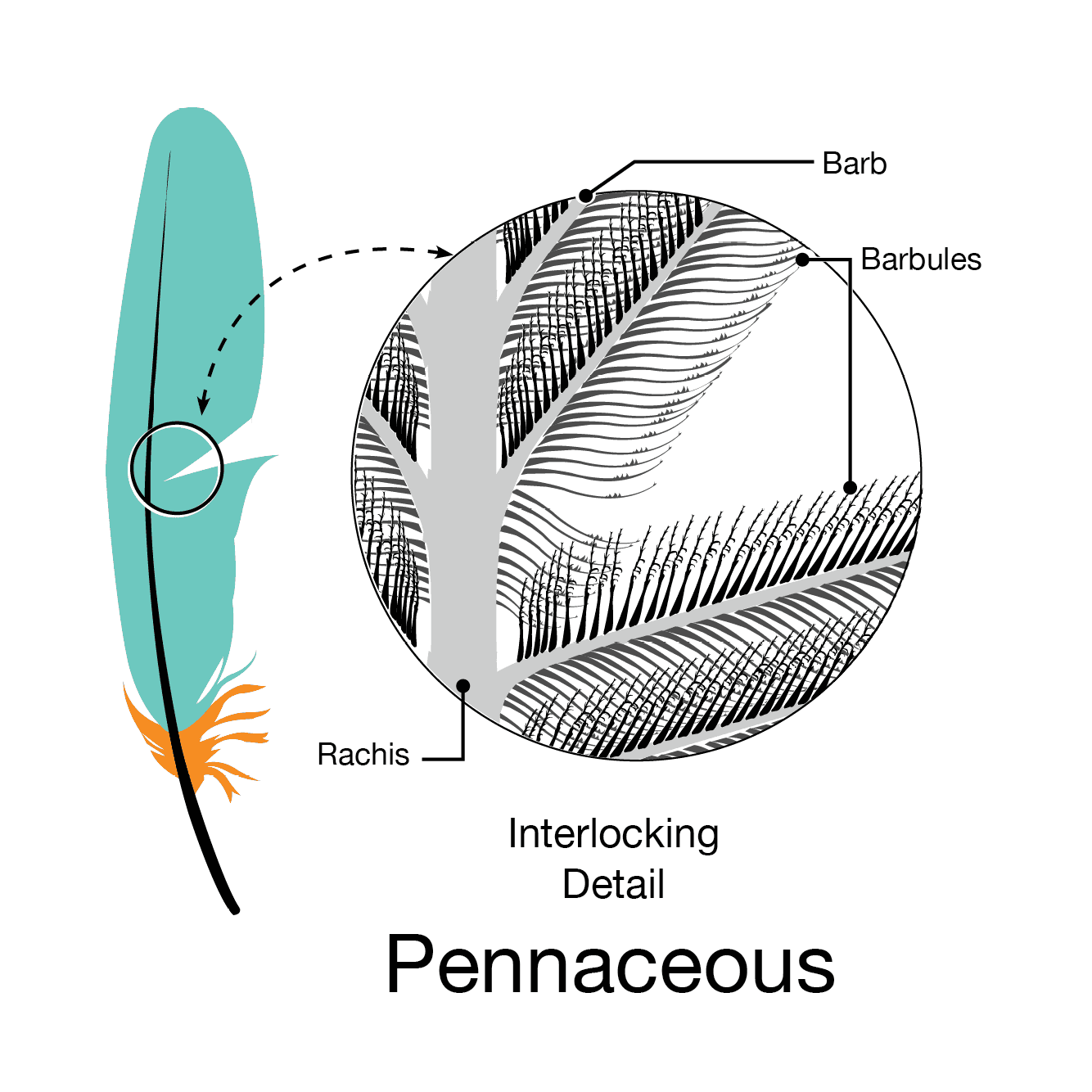arcticap
54 Cal.
The photos below show feather holes or what has been referred to as toe feather plugs.
I've never seen them before.
From the 1789 "An Essay on Shooting", page 211:
" …whether the practice is to prime before or after loading the piece, it is highly proper, after every discharge, to prick the touch-hole, and what is still better, to guard against all remains of fuse or squib, to insert into the touch-hole the feather of a partridge's wing, which will not only clear it of these dangerous remains, but if the piece is delayed to be re-charged, will take away all humidity that may be contracted there." --->>> An essay on shooting: containing the various methods of forging, boring, and dressing gun barrels ... remarks on the properties and action of gunpowder ...
Toe feather plugs found on North Carolina Longrifles.
David Kennedy Bear Creek School Rifle

Mecklenburg School Rifle signed L H

A second Mecklenburg School Rifle signed L H.

Photos courtesy of mbriggs
I've never seen them before.
From the 1789 "An Essay on Shooting", page 211:
" …whether the practice is to prime before or after loading the piece, it is highly proper, after every discharge, to prick the touch-hole, and what is still better, to guard against all remains of fuse or squib, to insert into the touch-hole the feather of a partridge's wing, which will not only clear it of these dangerous remains, but if the piece is delayed to be re-charged, will take away all humidity that may be contracted there." --->>> An essay on shooting: containing the various methods of forging, boring, and dressing gun barrels ... remarks on the properties and action of gunpowder ...
Toe feather plugs found on North Carolina Longrifles.
David Kennedy Bear Creek School Rifle

Mecklenburg School Rifle signed L H

A second Mecklenburg School Rifle signed L H.

Photos courtesy of mbriggs










